Ross, i thought about using the word “fishplate” but then i supposed, that would be inadequate, thinking it would be used for modeltrain connectors only…
today’s pics are of the kind of things, only Ray can model well.
the former office building received all the stuff, that had not evaporated before.
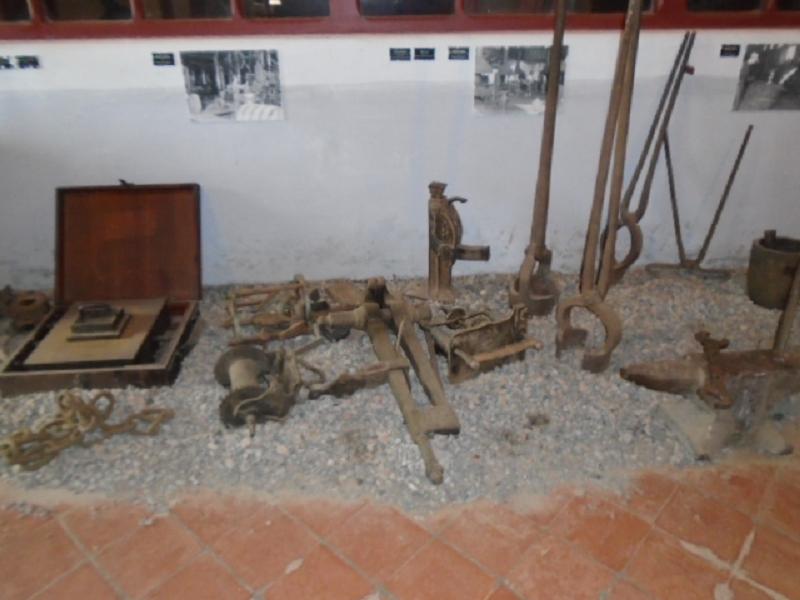
note: in most museums one finds some explanations and/or descriptions to explain the shown objects. here was either nothing, or pics showing the objects, when still in use.
(who says, that culture needs literacy??)
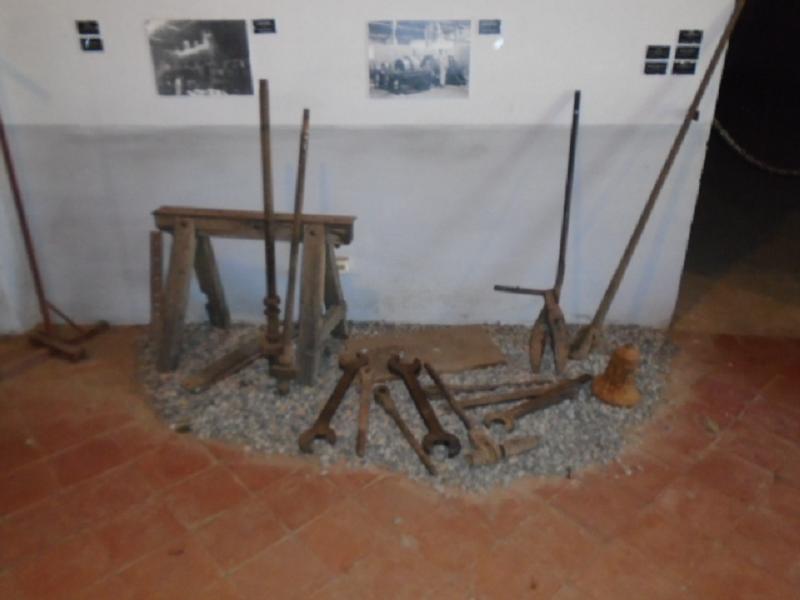
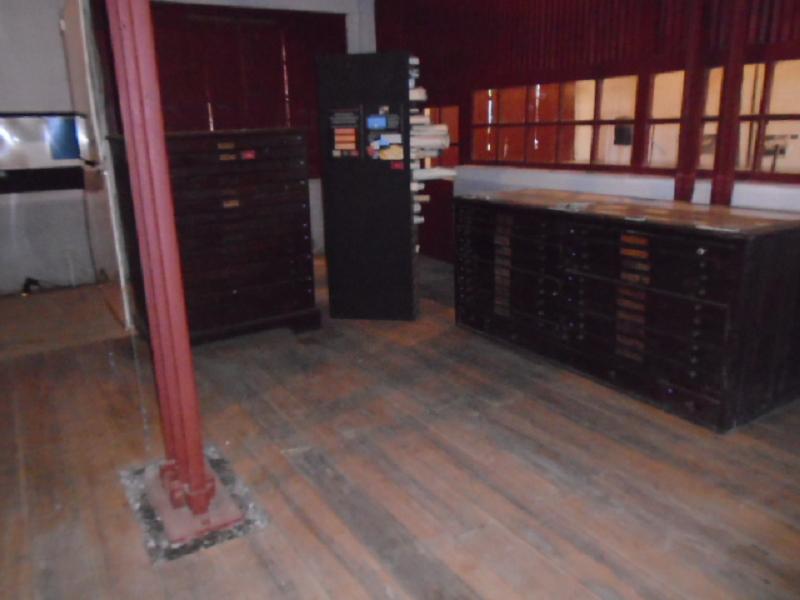

the telefones and central shown are the same models, as we used here until the mid 90ies.
on the tables are Morse senders and writers. we didn’t have those… even our military was modern enough to use short and long wave radios until the 90ies. ;-))

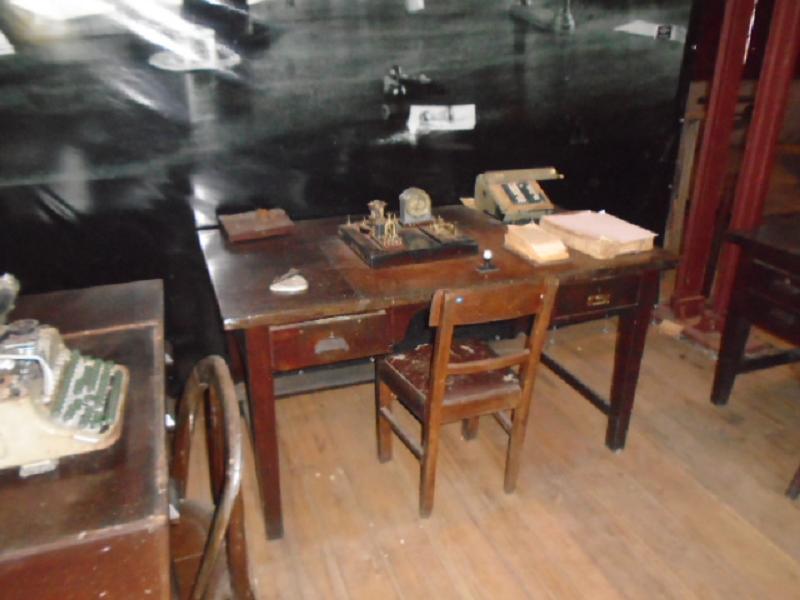
well, above this exhibition of a very nice asian toy train in front of a historic photo was the exception. a sign! it says “don’t touch!” in spanish.
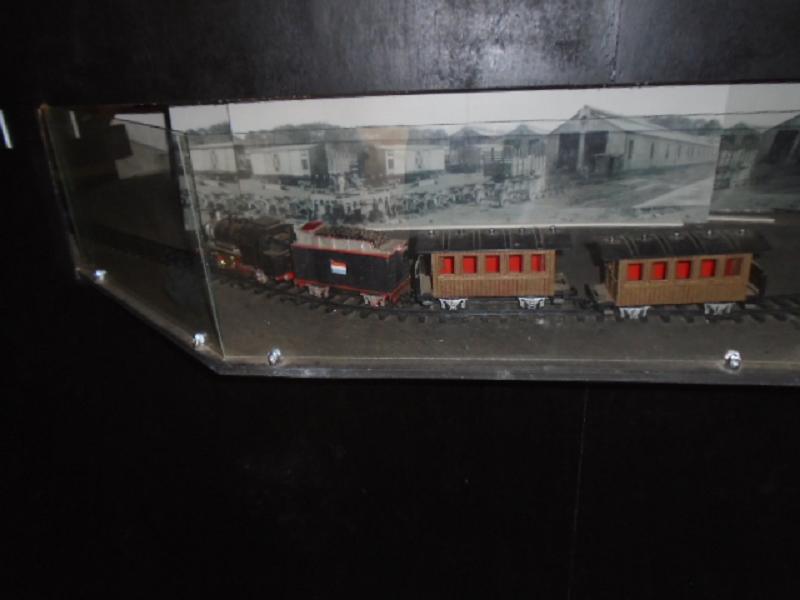
this nice handwash basin looks, like it came out of a first class car.

note the older seats. they are built upon some kind of resort-feet. aparently they didn’t confide much in the tracklaying crews.
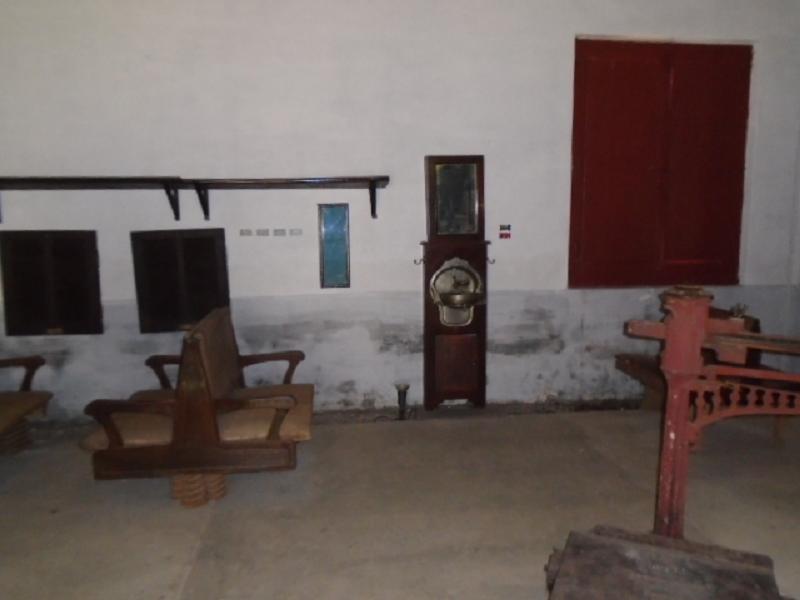
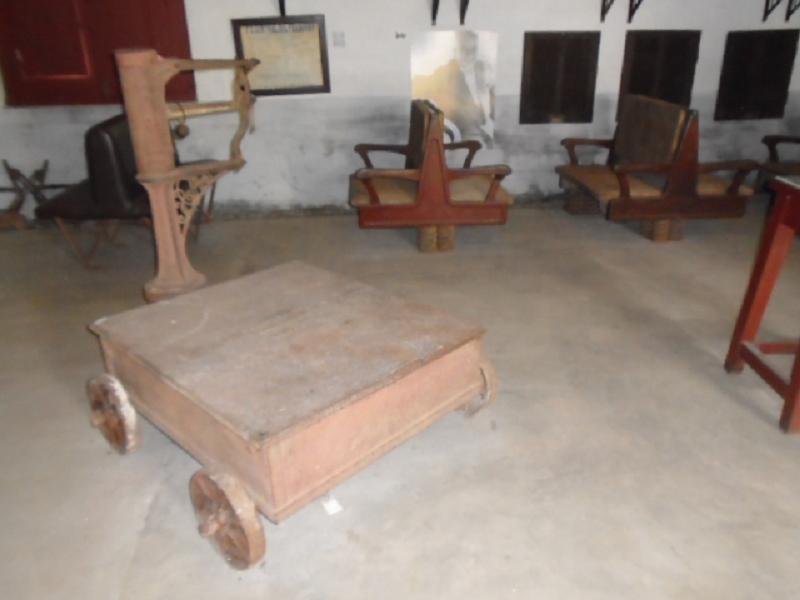
look at the “gauge sticks” used for spacing the rails.
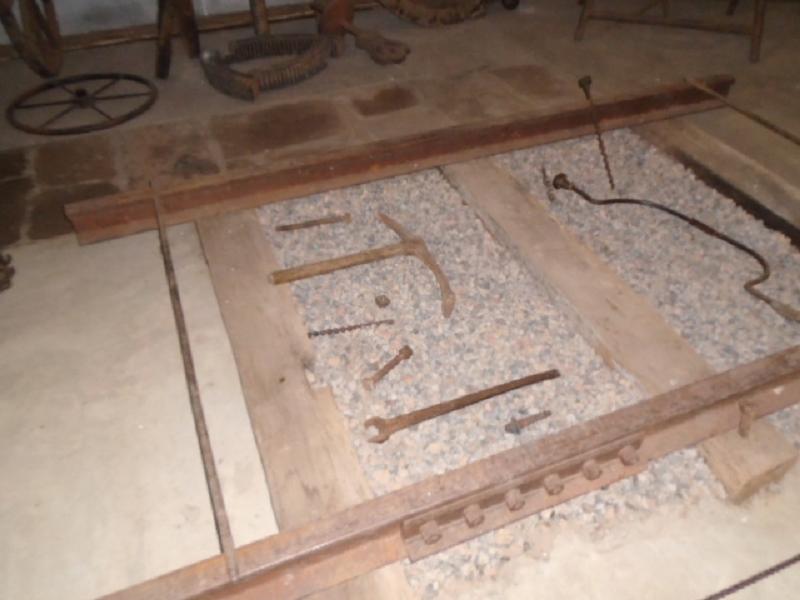
pre electric times MOW lamp.
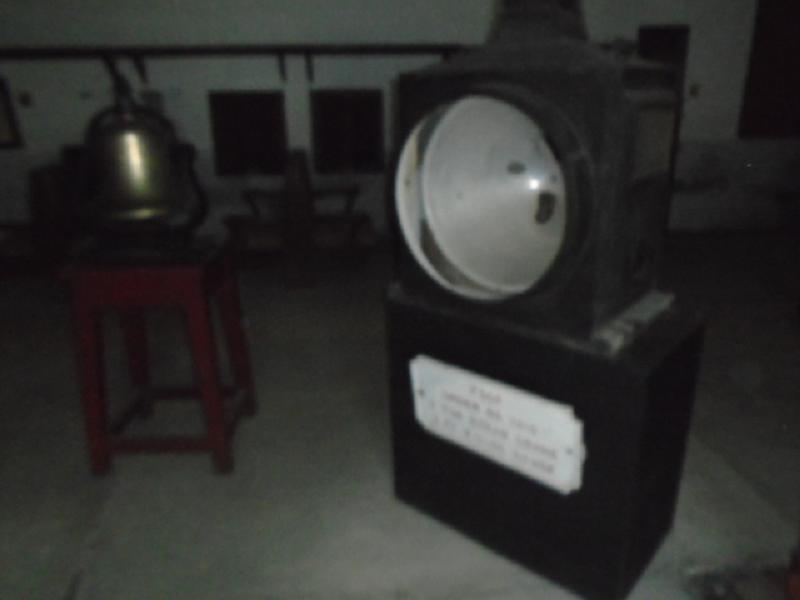
for the next and last group of pics i saved the most interesting piece of roling stock we found there.
hint: it has its own power, but is no loco…